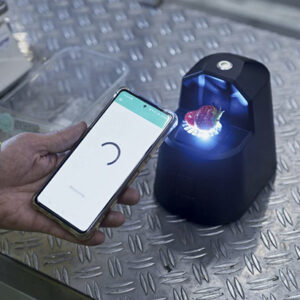
According to the World Health Organization, “Suicide is the fourth leading cause of death in 15-19-year-olds.” They also report that globally, over 700,000 people kill themselves every year. A large contributor to this number are the citizens of South Korea, where they have an average of 28.6 suicides for every 100,000 people.
The government has taken notice of this rather large number, with a report from BBC sharing that the nation is seeing as many as 40 South Koreans taking their lives every day. Many attempts and successes are done from one of the many bridges in the country, especially those on Han River, which is located in Seoul.
In order to lessen the chances of potential suicides, they’ve attached cameras on stop lights and other posts found on Seoul’s bridges that use artificial intelligence. Programmers from the Seoul Institute of Technology us AI to distinguish body movements and other types of clues to identify if someone is attempting to take their life. When the system recognizes if there’s a risk, it will promptly notify the local rescue teams to try and stop the individual from pushing through with their suicide attempt.
With suicide rates in South Korea so alarmingly high, higher than a number of other well-developed nations, the authorities realize that something needs to be done. And to make things even more challenging, there are 27 picturesque bridges in Seoul that people love to visit and enjoy the view, while others visit with the sole purpose of jumping off one of them to their death.
Kim Hyeong-gil, who happens to be in charge of the Yeouido Water Rescue Brigade, shared in a report from Reuters, “We believe the new CCTV will enable our crews to detect the cases a bit faster and help us head to a call more promptly.”
In order to create a more accurate system, the team is also working with researchers to better the technology they will use alongside Seoul’s Fire and Disaster Headquarters. Meanwhile, the system itself is learning from experience as it analyzes the details of an “at-risk” person, what they are doing, their mannerisms and actions, in order to catalogue these movements, as well as whether they were actions done by someone confirmed to have attempted suicide.
They plan to launch the program by October.
According to Kim in the Reuters report, in 2020, the number of rescue dispatches rose an alarming 30% more than the year before, with most suicide attempts done by those in their 20s and 30s. The hope is that this new technology will mean less successful suicide rates in the years to come.
What are your thoughts? Please comment below and share this news!
True Activist / Report a typo


